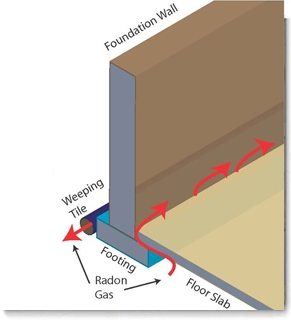
Making sure your heaters are working properly and operating efficiently can go a long way in keeping costs down. To help you do just that, here are 10 things you might not know about your baseboard heaters.
- Baseboard heaters are usually located under windows because it’s more efficient that way.
- Heat rises - and so do your energy costs, for every degree above 68°F.
- Cranking the thermostat doesn’t warm up the room any faster.
- Thick carpet or rugs can get in the way.
- Window coverings keep cool air out, but can block your heaters.
- If it’s dusty, it’s not working properly.
- Programmable thermostats are more precise than the manual ones.
- Pick sweet 16 (degrees) to maximize your savings. 16°C (61°F) save up to 10% on your energy bills.
- Baseboard heaters don’t circulate air well.
- They’re one of the safest heating options available since they can’t tip over.


 icon and select "Add to Home Screen".
icon and select "Add to Home Screen".

